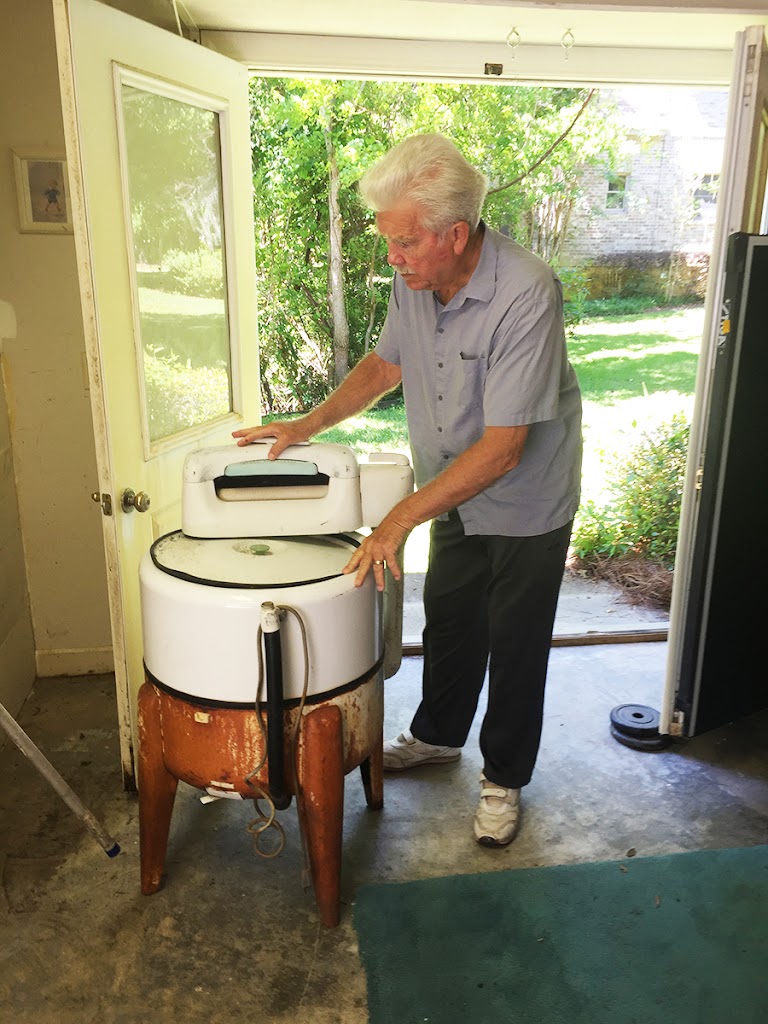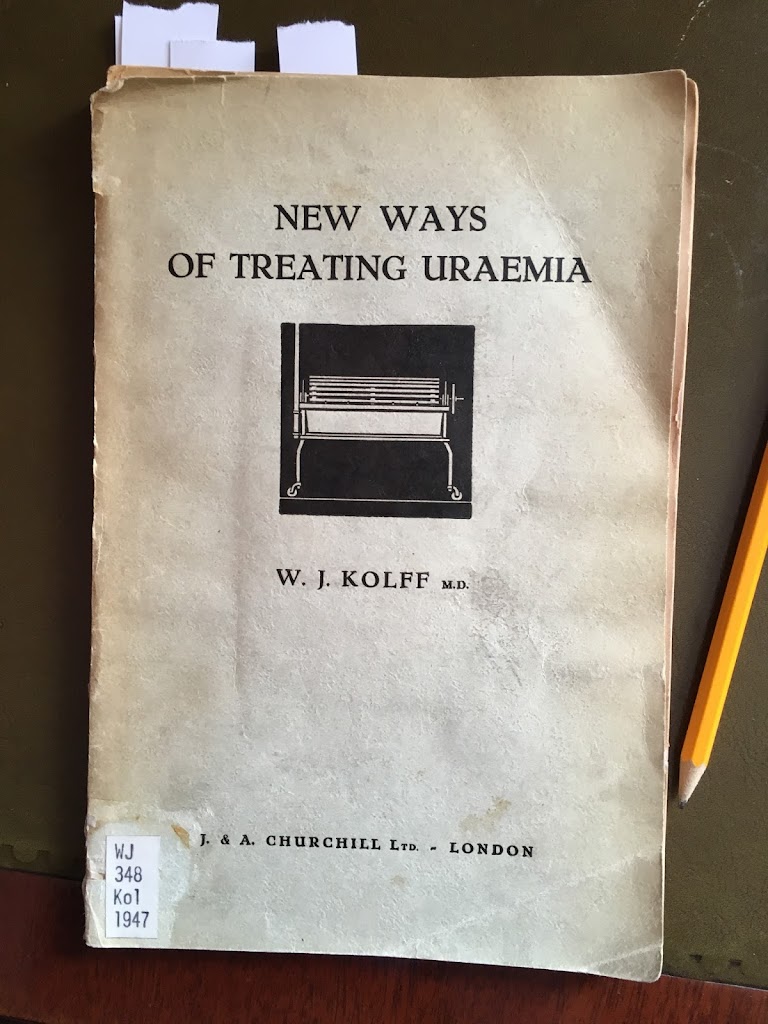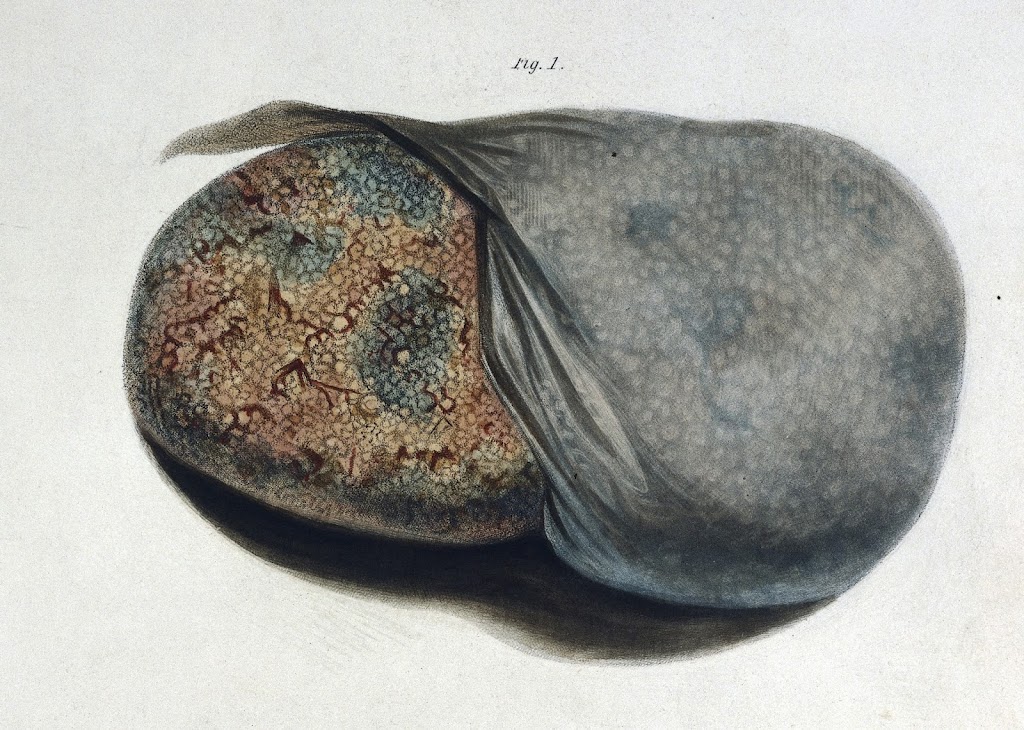-
Hundreds of local stories in the development of dialysis

Illustrated in 1960s Augusta, Georgia An account at the coincidence of racial desegregation and the first hints of feasibility of long term dialysis and transplantation. George Van Giesen and Maytag washing machine (with permission of the author). George Van Giesen entered private practice in Augusta in 1963 from a two-year nephrology/metabolic fellowship in Dallas under…
-
New ways of Treating Uraemia, 1947

Kolff reflects on four available techniques This fascinating 1947 book of just over 100 pages gives Willem ‘Pim’ Kolff’s own, fuller, more reflective account of the development, testing, and first successful use of haemodialysis. Amazingly, this was achieved while working away from academic centres in Nazi-occupied Holland. The first 10 pages summarise previous work on…
-
Nephrotic syndrome starts at the glomerulus

The salamander kidney gives the final proof in 1938 A spotted salamander (Wikimedia Commons, see below) It was only in the 1930s that mainstream opinion accepted that the glomerulus was the problem in nephrotic syndrome – surprisingly late. But then it was only in 1924 that it was finally proven that the glomerulus is a…
-
Richard Bright and the discovery of kidney disease

Nephrology is born, 1827 Fig 1 from Bright 1827. (Wellcome Images) Richard Bright (1789-1858), is widely regarded as the founder of the specialty of nephrology. He gave his name to Bright’s disease, which was used for over 100 years first as a term for any type of kidney disease, and later particularly for glomerular diseases.…
-
Home haemodialysis – how far can it go?

The home dialysis expansion of the 1960s and 70s Olga Heppel – one of the UK’s first home haemodialysis patients at home in 1964. Watch the movie at britishpathe.com. It came as a surprise to many that haemodialysis could be more than a short-term treatment. But pressures on capacity were immediate, varying methods being used…
-
Surprises from the 1994 Modification of Diet in Renal Disease (MDRD) study
Low-protein disappoints; attention drawn to proteinuria and blood pressure The MDRD study was a landmark trial set up to prove the importance of dietary protein in slowing the progression of kidney failure. This had been shown in animal models but human studies were not so clear. It was combined with using two different blood pressure…
-
The first randomised controlled trial in dialysis
In 1980 the NCDS led to the first minimum standards for dialysis The National Cooperative Dialysis Study (NCDS) reported in March 1980. It led to the widespread acceptance of minimum standards for ‘dialysis dose’ worldwide. However few people have read the full study. It is hard to find in libraries, and you can’t get it…